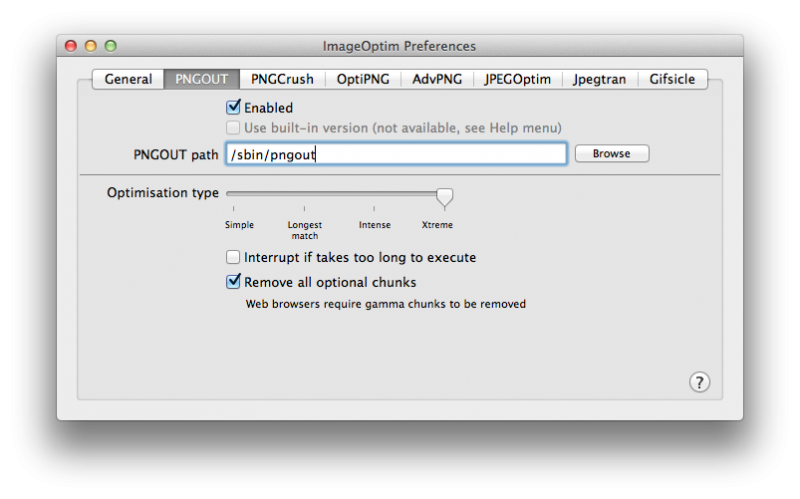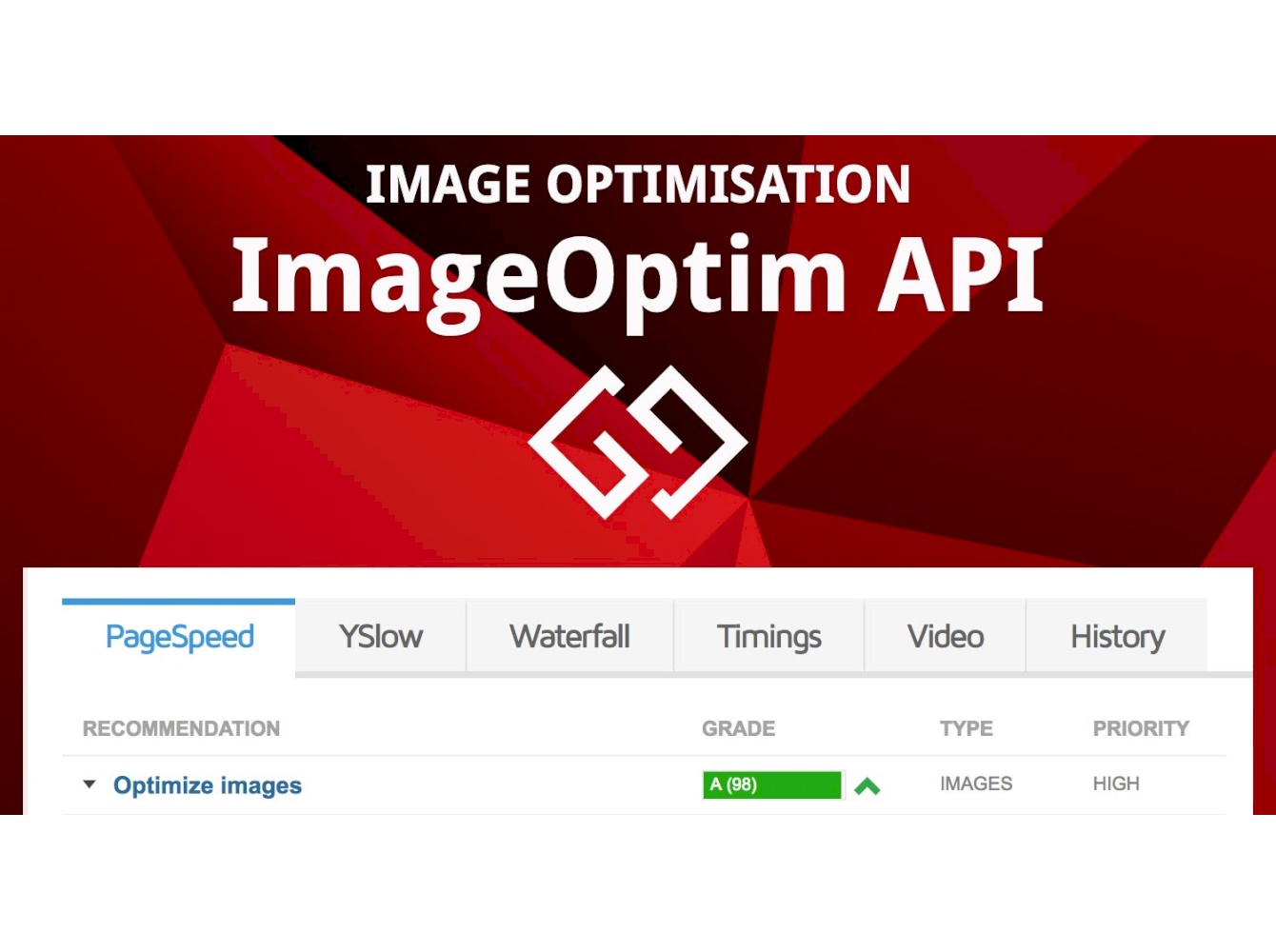
Second, although I was able to locate the correct folder under “C:\Program Files (x86)\ICVT\JPEGminiLightroomPlugin”, the mentioned “jpegmini.lrplugin” turns out to be a folder, not a file. The installer does not indicate where that “file” is physically located and after the installation is complete, it is already in the computer. First of all, the first line states “copy the file jpegmini.lrplugin to your hard drive”, which is nonsense. Pretty bad instructions if you ask me, especially for someone who is not computer savvy. Locate the jpegmini.lrplugin on your hard drive, and click “Add Plug-in”.

#Imageoptim vs manual
Unfortunately, the installation process for Lightroom is not as simple and involves some manual steps after the installation is complete.
#Imageoptim vs registration
After the registration windows are closed, you will be presented with a clean app interface that looks like this: Type in the activation code, click “Next” and you will be good to go. After the installer launches, you will be presented with a license agreement and once you agree to it, the software will ask for the activation code.
#Imageoptim vs install
Please note that you might receive a security warning asking about whether you want to install the software or not, so after you click “Install”, the download process then starts. JPEGmini works both on Macs and PCs, but the below instructions are for PCs specifically. You purchase the product, download the small installer package, which then downloads and installs the bigger package from JPEGmini’s website.

Installing the regular version of JPEGmini Pro is a breeze. Installing JPEGmini Pro Lightroom Plugin.In this review, I will be exploring the Lightroom version of the JPEGmini Pro, which seamlessly integrates into my workflow without adding any complexity or unnecessary overhead. So when I first looked at JPEGmini Pro, I wondered how different it was compared to the JPEG engine used in Adobe Photoshop and Lightroom, the two programs I use the most to extract images. It applies lossy compression algorithms to reduce massive images from other formats like TIFF and offers the ability to use different compression levels.


I recently came across an interesting product by JPEGmini called “ JPEGmini Pro“, which is specifically targeted at photographers like me that are looking for a good way to save space without losing image quality.īy design, JPEG is a compressed image format that was designed for the web in mind. Although some photographers often do extract their images at 100% quality, I rarely feel the need to do it, since file sizes get outrageously big, while the differences in quality are too small (and often impossible) to notice. When providing high-resolution images to our clients, or uploading images to this website, I often extract JPEG images between 70%-85% quality.


 0 kommentar(er)
0 kommentar(er)
